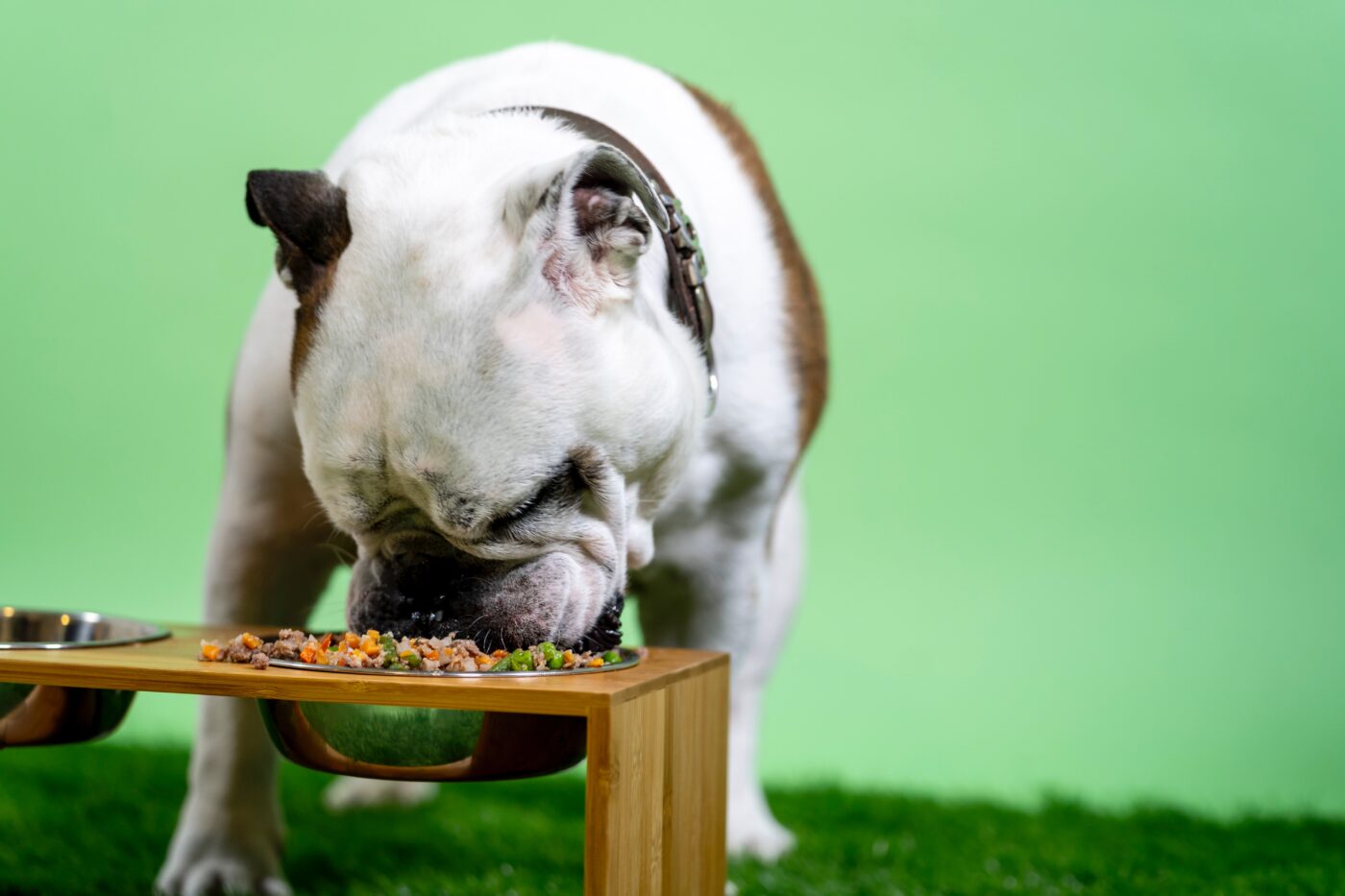 Shutterstock
Shutterstock
Dogs are celebrated for their remarkable sense of smell, but their sense of taste is also complex and distinct. Unlike humans, dogs process flavors through fewer taste buds and rely heavily on smell, influenced by instincts and evolutionary adaptations. Their taste preferences often surprise us, with some dogs drawn to items we find unpleasant or strange due to unique sensory adaptations. Learning more about dogs’ sense of taste offers insight into their eating behaviors, showing why they enjoy various flavors that might seem unusual to humans.
Dogs Have Fewer Taste Buds Than Humans
 Shutterstock
Shutterstock
Humans have roughly 9,000 taste buds, which allow us to detect an array of flavors. Surprisingly, dogs only have around 1,700 taste buds, a fraction of what we have. This limited number of taste buds means dogs aren’t able to experience the same depth of flavors that humans do. Instead, dogs rely heavily on their sense of smell to distinguish foods. This difference explains why dogs might be less discerning about what they eat than humans; they don’t perceive food with the same complexity.
Dogs Are Partial to Sweet Flavors
 Shutterstock
Shutterstock
Unlike cats, who cannot taste sweetness, dogs have taste buds that detect sweetness and, surprisingly, often prefer sweet flavors. This trait likely evolved due to their ancestors’ diet, which included fruits and other sweet, energy-dense foods. While dogs don’t consume fruits as a primary food source today, their sweet tooth persists. This explains why some dogs enjoy foods like apples, carrots, or berries, as these offer a hint of sweetness that appeals to their taste buds.
Dogs Can Taste Water
 Shutterstock
Shutterstock
Dogs have a unique set of taste buds that allow them to taste water—a sense that becomes particularly heightened after eating salty or sugary foods. Located on the tip of the tongue, these taste buds are essential in keeping dogs hydrated. This ability to taste water is rare among animals and is thought to help dogs gauge when they need to drink more to maintain a balance of fluids in their bodies, especially after consuming dry or salty food.
Smell Plays a Major Role in Dogs’ Taste
 Shutterstock
Shutterstock
Dogs rely on their powerful sense of smell far more than their taste buds when evaluating food. Because they have an olfactory sense about 40 times stronger than humans, smell becomes the primary driver of how they experience flavor. This is why a dog might turn away from a bowl of kibble one day but happily eat it the next if it smells slightly different. The aroma of food influences their eating preferences far more than the taste alone.
Dogs Prefer Warm Food Over Cold
 Shutterstock
Shutterstock
If you’ve ever noticed your dog prefers freshly cooked food over cold leftovers, there’s science behind it. Dogs are naturally attracted to the smell and taste of warm food because it’s closer to the temperature of prey in the wild. Warm foods tend to release more aroma, appealing to a dog’s strong sense of smell and making the meal more enjoyable. This preference can often be observed when dogs are offered cold kibble versus a gently warmed bowl, where the latter might elicit more excitement.
Bitter Flavors Are a Turn-Off
 Shutterstock
Shutterstock
Dogs have a natural aversion to bitter tastes, which has evolutionary roots. In the wild, bitter flavors often indicate a substance is toxic or spoiled, so a dislike for bitterness is a defense mechanism. Today, some products like bitter apple spray deter dogs from chewing on furniture or other objects. Dogs’ sensitivity to bitter flavors means they’re less likely to consume something harmful, even if their other senses (like smell) might find it interesting.
Dogs Can’t Appreciate Salt the Way We Do
 Shutterstock
Shutterstock
While humans crave salty foods, dogs don’t share the same preference. This is because, unlike humans, dogs don’t need extra salt in their diet. Historically, wild dogs obtained sufficient sodium from the animals they hunted and didn’t develop a strong taste for salt. As a result, while some processed dog foods may contain salt for preservation, dogs generally don’t seek it out as a flavor. This is one reason why salty human foods aren’t as appealing to dogs as they are to us.
Dogs May Prefer the Taste of Meat but Not Necessarily Fresh
 Shutterstock
Shutterstock
While dogs are omnivores, they have a natural preference for the taste of meat. However, their evolved tolerance for scavenging means they don’t necessarily require fresh beef. In the wild, dogs often consume whatever is available, including partially decomposed food sources. This scavenging instinct explains why some dogs may not turn their noses up at spoiled meat and why they might show interest in leftover or aged food. For dogs, the scent and taste of meat, regardless of freshness, often signals a high-value meal.
Dogs’ Taste for Fat and Protein
 Shutterstock
Shutterstock
Dogs naturally crave foods high in fat and protein, reflecting their ancestral diet. These nutrients are not only energy-dense but also essential for muscle maintenance and overall health. Foods high in fat and protein appeal to dogs, so they may show more enthusiasm for meat-based diets or treats. Even in commercial dog foods, these macronutrients can influence a dog’s interest and enjoyment in a meal, as fat and protein deliver flavors they’re instinctively drawn to.
Grass Eating
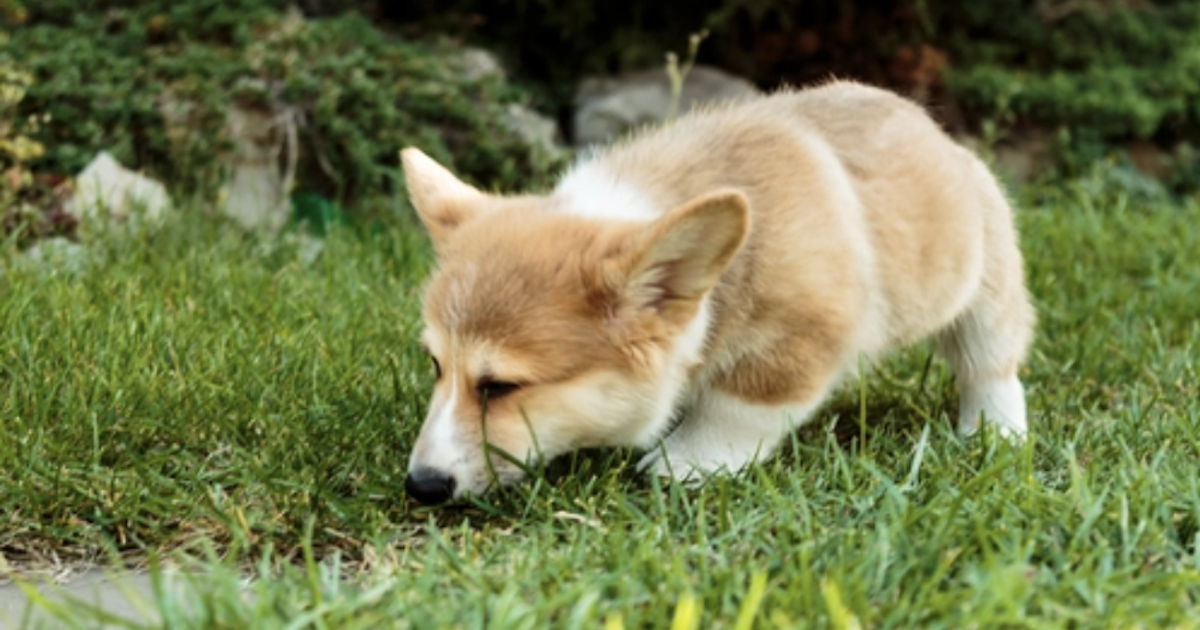 Shutterstock
Shutterstock
One of the more peculiar eating habits in dogs is their tendency to nibble on grass. While theories vary, some experts suggest that dogs may enjoy the texture of grass, which offers a crunchy, fibrous sensation not found in most dog foods. Eating grass may also be linked to instinctual behavior for digestive reasons or as a response to nutrient deficiencies. Interestingly, dogs don’t appear discouraged by grass’s bitter taste, hinting that texture can sometimes override flavor in their food choices.
The Taste for Non-Food Items
 Shutterstock
Shutterstock
Pica, a condition where dogs consume non-food items like rocks, socks, or even dirt, reveals the complexity of dogs’ sense of taste. This behavior can stem from nutritional deficiencies, boredom, or medical issues. Dogs with pica may develop a taste for unusual textures rather than flavors, as many of these items don’t offer much taste. Pica reminds us that taste in dogs is more complex than simply flavor and is sometimes driven by instinctual or psychological factors.
Appetite for Decay
 Shutterstock
Shutterstock
Dogs often prefer food with a strong or even “bad” smell. Wild dogs often scavenge in nature, which means they might eat decaying food sources. Their preference for intense odors may explain why some dogs find garbage or even rotting food appealing. While these smells are repugnant to humans, dogs’ taste preferences don’t align with ours, and they often find richness in what we consider off-putting.
Taste Is Just the Beginning of the Weird and Wonderful World of Dogs
 Shutterstock
Shutterstock
Understanding the strange intricacies of dogs’ taste preferences gives us insight into why they eat the way they do. From their surprising sweet tooth to their aversion to bitterness, dogs experience taste in a way that’s quite different from humans. While their sense of taste is less developed, their reliance on smell and unique dietary instincts make every mealtime an adventure. So next time your dog dives into something odd or unappealing, remember that their taste preferences aren’t weird—they’re just different, shaped by evolution and driven by instinct.

 3 weeks ago
15
3 weeks ago
15
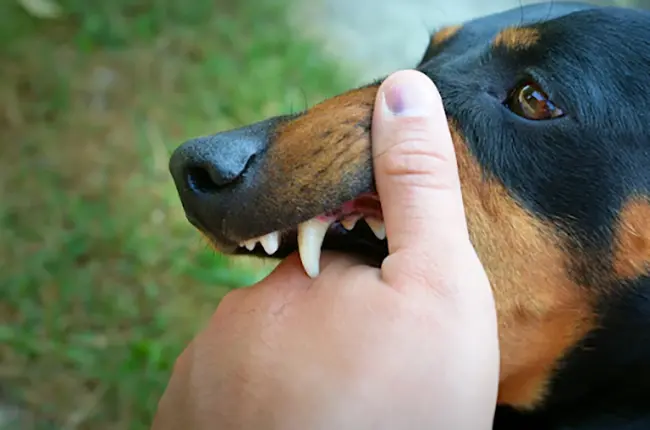


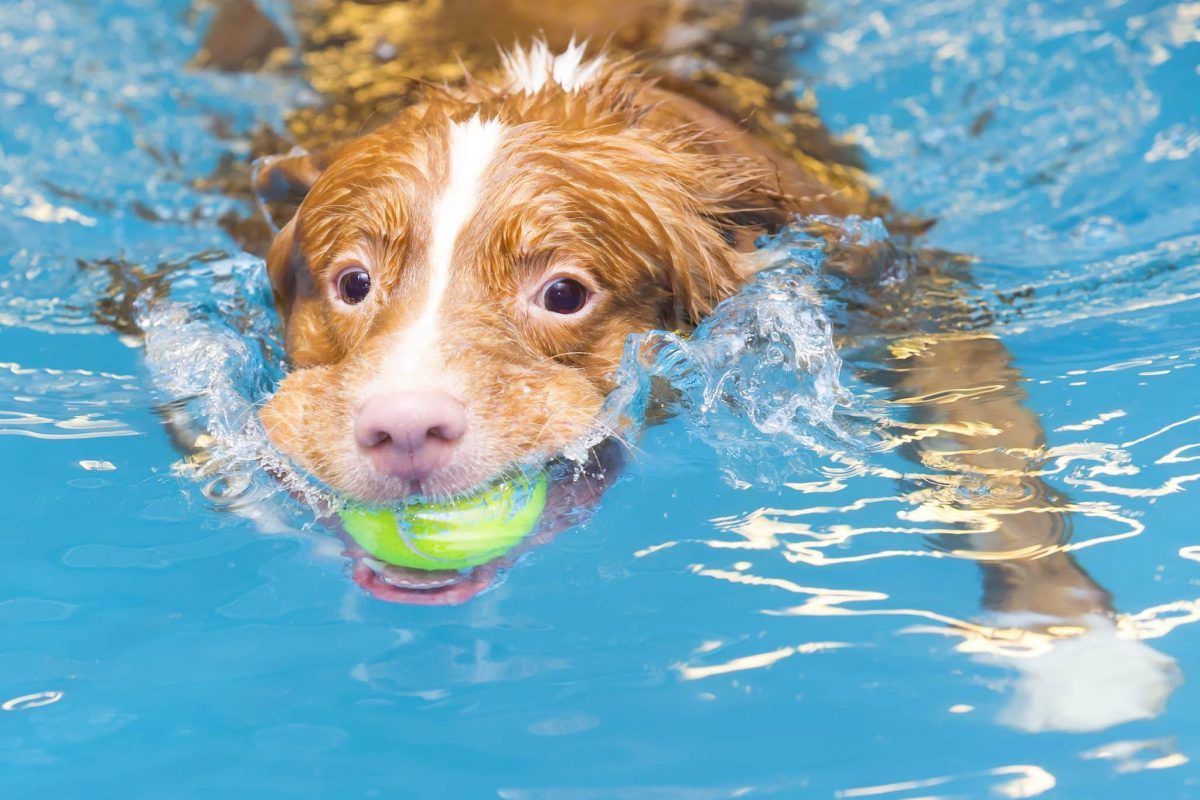







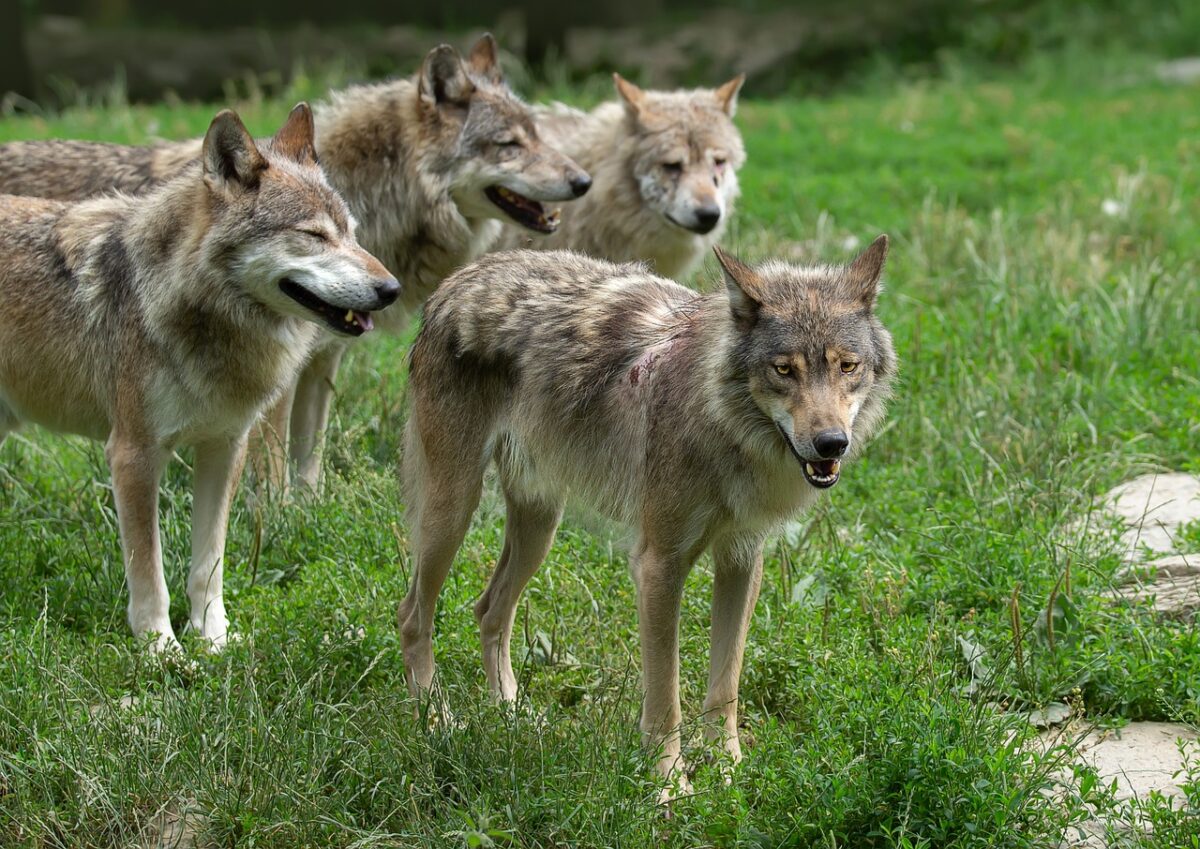






 English (US) ·
English (US) ·